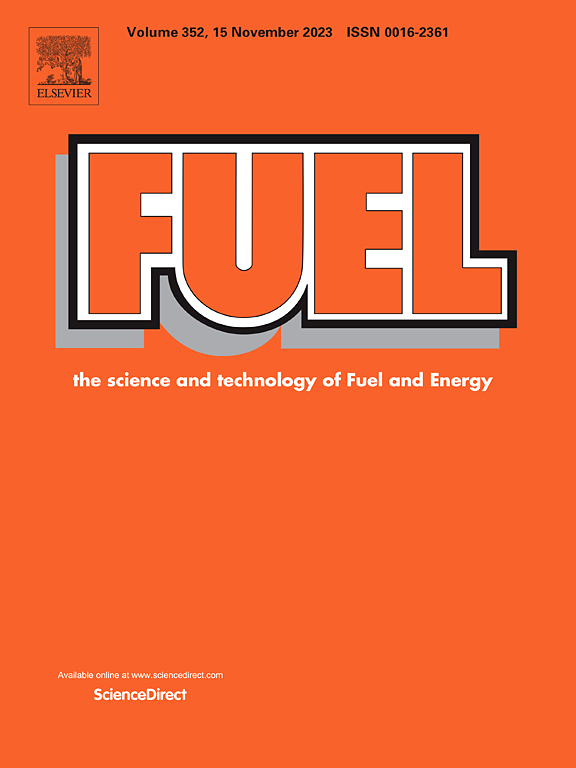Construction of anti-oxidative and efficient Ni2Si/SiC/C-based microwave absorption composite by recycling coal hydrogasification residue
IF 6.7
1区 工程技术
Q2 ENERGY & FUELS
引用次数: 0
Abstract
With the growing demand for advanced microwave absorption (MA) materials in harsh application environments, there is an urgent need to develop efficient absorbent with exceptional high-temperature oxidation resistance. Herein, we successfully fabricated novel Ni2Si/SiC/C composites with remarkable thermal stability through a combined sol–gel embedding method and high-temperature solid-phase reaction strategy, using coal hydrogasification residue as the carbon matrix. The as-prepared Ni2Si/SiC/C composite features a unique microstructure comprising a porous carbon skeleton decorated with SiC nanoparticles and spherical Ni2Si coatings. By precisely tuning the stoichiometric ratios of silicon, carbon, and nickel precursors in the fabrication process, the optimized samples demonstrated outstanding MA performance at room temperature. Notably, 15Ni-SiC/C-5.0 achieved a minimum reflection loss (RLmin) of −31.18 dB with a maximum effective absorption bandwidth (EABmax) of 4.0 GHz at a thin matching thickness of only 1.5 mm. Meanwhile, 20Ni-SiC/C-5.0 exhibited an even deeper RLmin of −37.30 dB at 5.5 mm, with an impressive broadband EAB covering 14.64 GHz across the entire tested thickness range (1.0–5.5 mm). Remarkably, after undergoing calcination at 600 °C in air for 2 h, the two samples maintained excellent MA performance, with RLmin values of −42.53 dB and −30.72 dB at 4.0 mm, respectively, demonstrating their superior high-temperature thermal stability. Further investigation revealed that the outstanding MA performance stem from an optimal combination of impedance matching, conductive loss, and polarization loss mechanisms, all of which are closely related to the composite’s microstructure. This work not only presents a high-performance, oxidation-resistant carbon-based microwave absorbent but also provides valuable insights for the future development of advanced anti-oxidative microwave absorbents.

求助全文
约1分钟内获得全文
求助全文
来源期刊

Fuel
工程技术-工程:化工
CiteScore
12.80
自引率
20.30%
发文量
3506
审稿时长
64 days
期刊介绍:
The exploration of energy sources remains a critical matter of study. For the past nine decades, fuel has consistently held the forefront in primary research efforts within the field of energy science. This area of investigation encompasses a wide range of subjects, with a particular emphasis on emerging concerns like environmental factors and pollution.
 求助内容:
求助内容: 应助结果提醒方式:
应助结果提醒方式:


